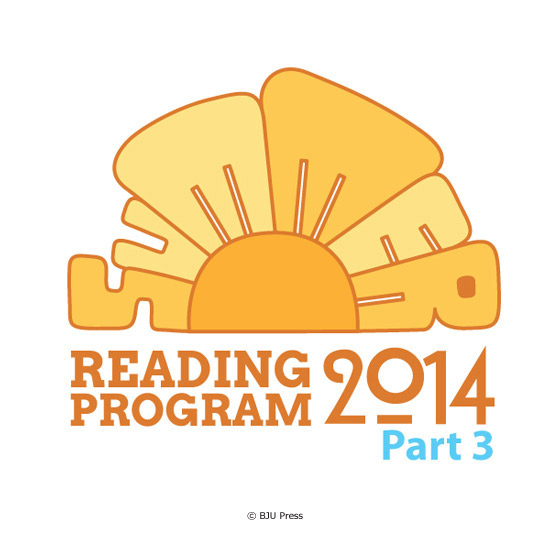
When I go out in public with my four young children, people make a lot of comments ranging from “Are they all yours?” to “Wow! You have your hands full.” But last week, while making a quick stop at a local grocery store, I heard a comment that I hadn’t heard before. An elderly gentleman stopped me and said, “I hope you read to these little ones every day. It’s the best thing you could do for them.”
Although, as a follower of Christ, I believe that teaching my children the gospel is the “best thing” that I can do for them, I know that reading to them is a very important part of their development. My husband and I do read to our children almost every day. We do it because we love books, but we also do it because reading aloud to our children benefits them in several ways. Here are a few of them.
1. Reading Aloud Opens Up Communication Channels
I’ve found that real teaching requires a relationship. A relationship, of course, is built on mutual trust, but it also requires mutual knowledge and shared experiences. I’ve discovered that sharing books with my children opens up doors for conversation. We can talk about a story’s characters, its underlying message, its plot, or the interesting setting. These interactions have provided wonderful opportunities to develop my children’s biblical worldview.
2. Reading Aloud Strengthens Verbal Skills
Poets and authors are linguistic artists; they create beauty with language. Through books, my children have been exposed to complex sentence structures and literary devices that they likely wouldn’t have heard in everyday conversations. I’ve also noticed that hearing stories read aloud has helped develop the vocabulary of all of my children.
3. Reading Aloud Prepares Your Child for Independent Reading
Two of my children know how to read. My rising third grader is an excellent, avid reader, and the one who just finished kindergarten is off to a good start. Story time is beneficial to them, but it’s beneficial in a special way to my three-year-old and infant. When my two younger ones sit on my lap for story time, they’re developing skills that will help them later when they learn to read. They’re getting the idea that print has a message by seeing how my eyes and attention move from the front of the book to the back, from the top of the page to the bottom, and from left to right on a line. My three-year-old is also beginning to develop comprehension skills as I ask her a few simple questions about what I read.
4. Reading Aloud Whets Your Child’s Appetite for Reading
Most of us who love books developed that love very early in life. I can trace my love for books back to when my parents used to read to me several times a day to keep me still while I received treatment for an ongoing health issue. Another BJU Press blog writer mentions a few of his favorite read-alouds in the post “The Benefits of Reading Aloud to Your Children” as he recounts how those books also helped him develop a love of reading from an early age.
Reading time at our house is one of my favorite parts of the day. My kids are usually in constant motion, so I love it when they snuggle up quietly for a few precious minutes while we experience a story together. In an upcoming post, I’ll share some tips for choosing a good read-aloud as well as a list of some of my favorites.
